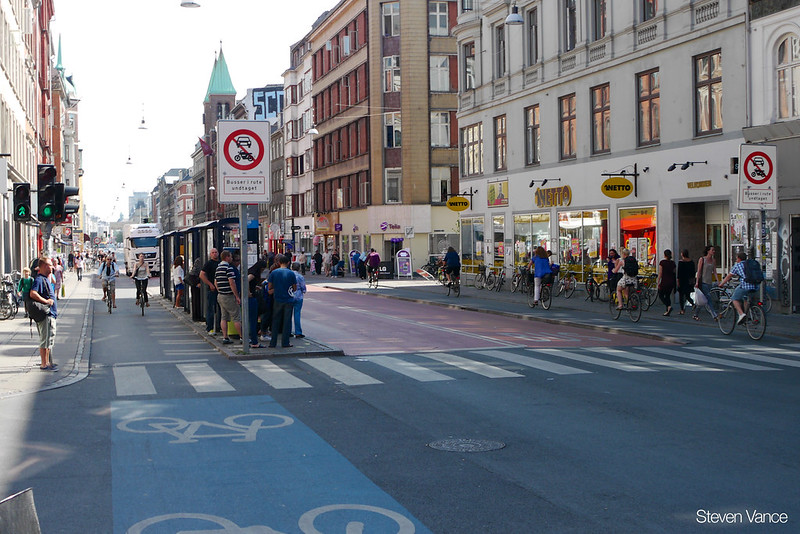the lemur
Senior Member
No we don't but the thing is we do live in a totally different climate than Melbourne....I love pedestrian areas but we just have to look around our own city for hints as to our own climate's influence on how we move around. This time of year people love to walk around places like the Distillery and along King West......in January and February, the busiest pedestrian areas in the city are the Path and the Eaton Centre.
Perhaps we are more suited to temporary/seasonal pedistrian areas?
P.S. are we really gonna quibble about when in the day (most often) the low temperature hits (anywhere) ?
Unless we're in a climate that allows for outdoor life more or less year-round, all pedestrian areas are going to be seasonal, even if we might still cross, say, Gould St because where we're going is not on the PATH.
That's not to say that a pedestrian area should be temporary (i.e., removed/dismantled in the off-season) for that reason as well - I think establishing it once and keeping it that way (depending on how important it is otherwise as a route for vehicles) is easier and more (cost-)effective. In that sense, I like that laneway in the video that was given over half to pedestrians and half to road traffic.
And I honestly thought average highs and lows referred to daytime temperatures. Not trying to quibble about any of this.






